This room contains works by the Swiss painter Henry Fuseli. In this room, the Goethe Gallery exhibits the largest collection of Fuseli’s paintings in Germany.
When in 1781 Henry Fuseli exhibited the first version of The Nightmare in London it caused a scandal. Was she sleeping, the recumbent woman with an uncanny incubus on her chest? Was she dead or unconscious? What was going on with the ghostly horse’s head? The unsettling scene is typical of the Swiss painter who adopted London as his home. Fuseli was interested in the border regions of consciousness, the spaces between reality and the imagination. But he was no fantasist, instead highly educated and sharp-tongued, he was friends with well-known natural scientists, had studied theology, was the translator of theoretical writings on art, and was a member of the Royal Academy. He saw himself as a history painter and drew his subjects mostly from literature, especially Milton and Shakespeare. Fuseli depicted emotions and passions sometimes melodramatically, sometimes wistfully, always deliberately but never soberly. Fuseli was not alone in taking dreams or insanity as subject matter. These themes preoccupied the science of the time as much as they did painting and literature. All these fields set about exploring dark spaces. In the figuration of the unfathomable and the uncanny, Fuseli was anticipating important motifs of Romanticism.
Goethe never met Fuseli in person, but they had common friends. The painter remained incomprehensible to the poet. Goethe wavered between fascination and aversion. He admired Fuseli’s force and energy on the one hand, but on the other he was unsettled by the mannered and exalted qualities in Fuseli’s art — he was never indifferent to it.
Objects in the room
-
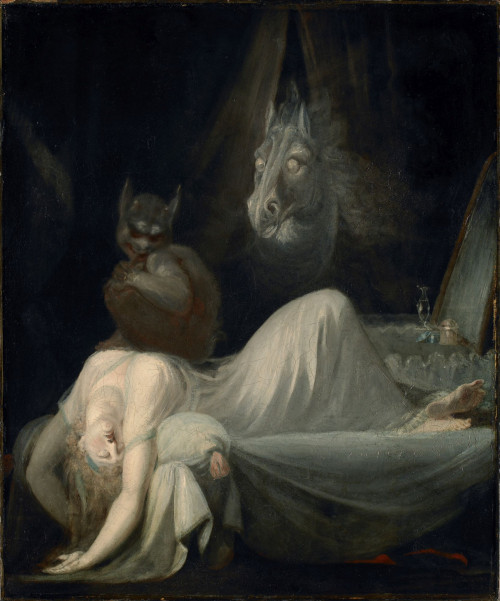
Johann Heinrich Füssli
DER NACHTMAHR
1790/91, oil on canvas
-

Johann Heinrich Füssli
KÖNIG LEAR VERSTÖSST SEINE TOCHTER CORDELIA
Around 1786/90, oil on wood
-
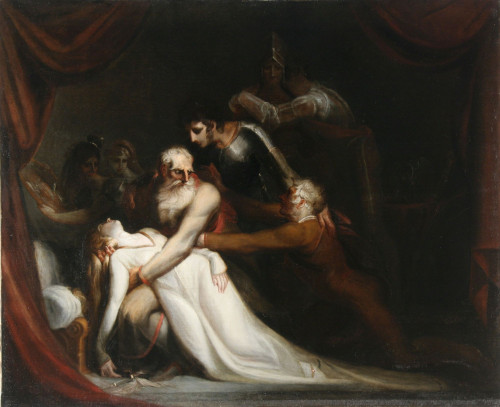
Johann Heinrich Füssli
DER TOD DER CORDELIA
Around 1810/20, oil on canvas
-

Johann Heinrich Füssli
DIE WAHNSINNIGE KATE
1806/07, oil on canvas
-
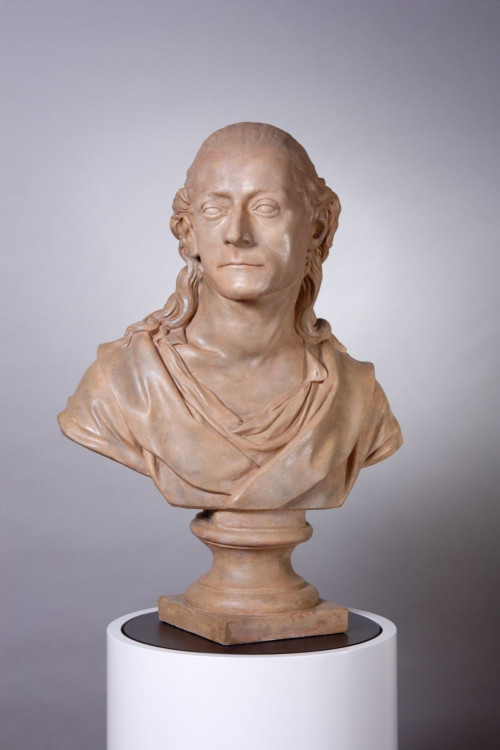
Johann Valentin Sonnenschein
JOHANN CASPAR LAVATER
Around 1775/76, plaster, reddish set
-
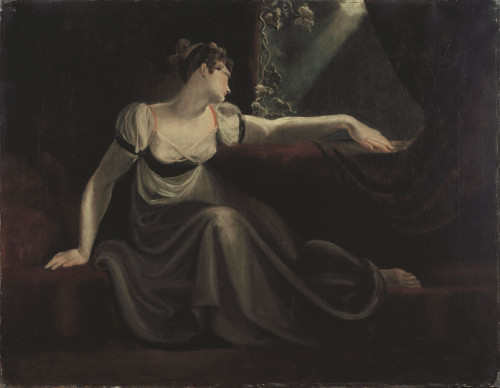
Johann Heinrich Füssli
DAME AM FENSTER BEI MONDSCHEIN
Around 1800/10, oil on canvas
-
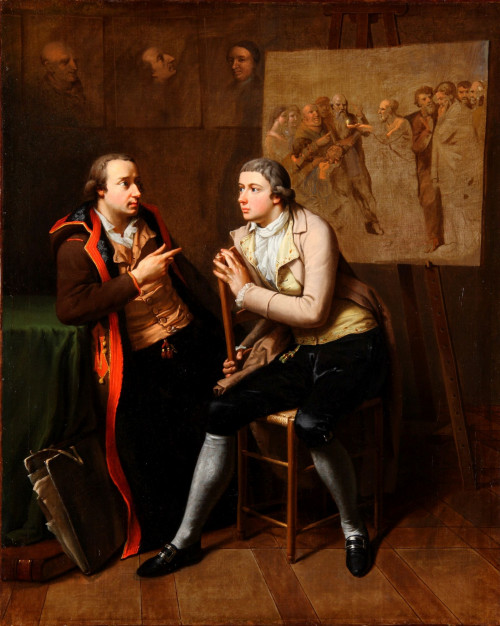
Johann Heinrich Wilhelm Tischbein
EINER DEN ANDEREN GEMALT
1782, oil on canvas
-
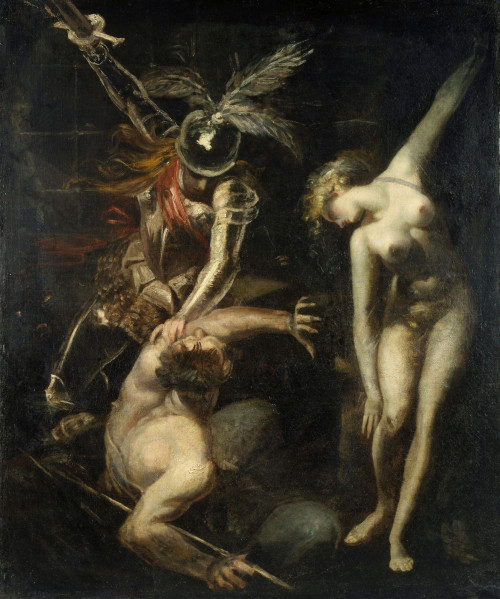
Johann Heinrich Füssli
BRITOMART BEFREIT AMORETTA AUS DER BEZAUBERUNG DES BUSIRANE
1824, oil on canvas
-
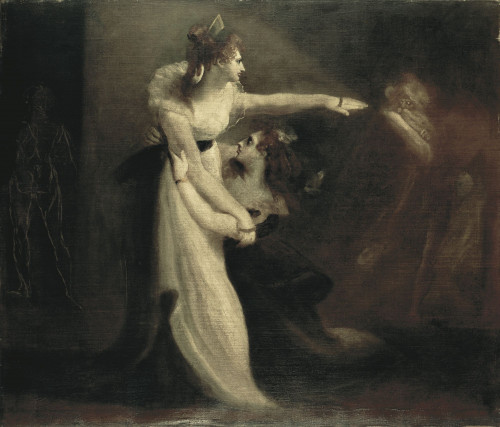
Johann Heinrich Füssli
UNGEDEUTETE SZENE
Around 1810/25, oil on canvas